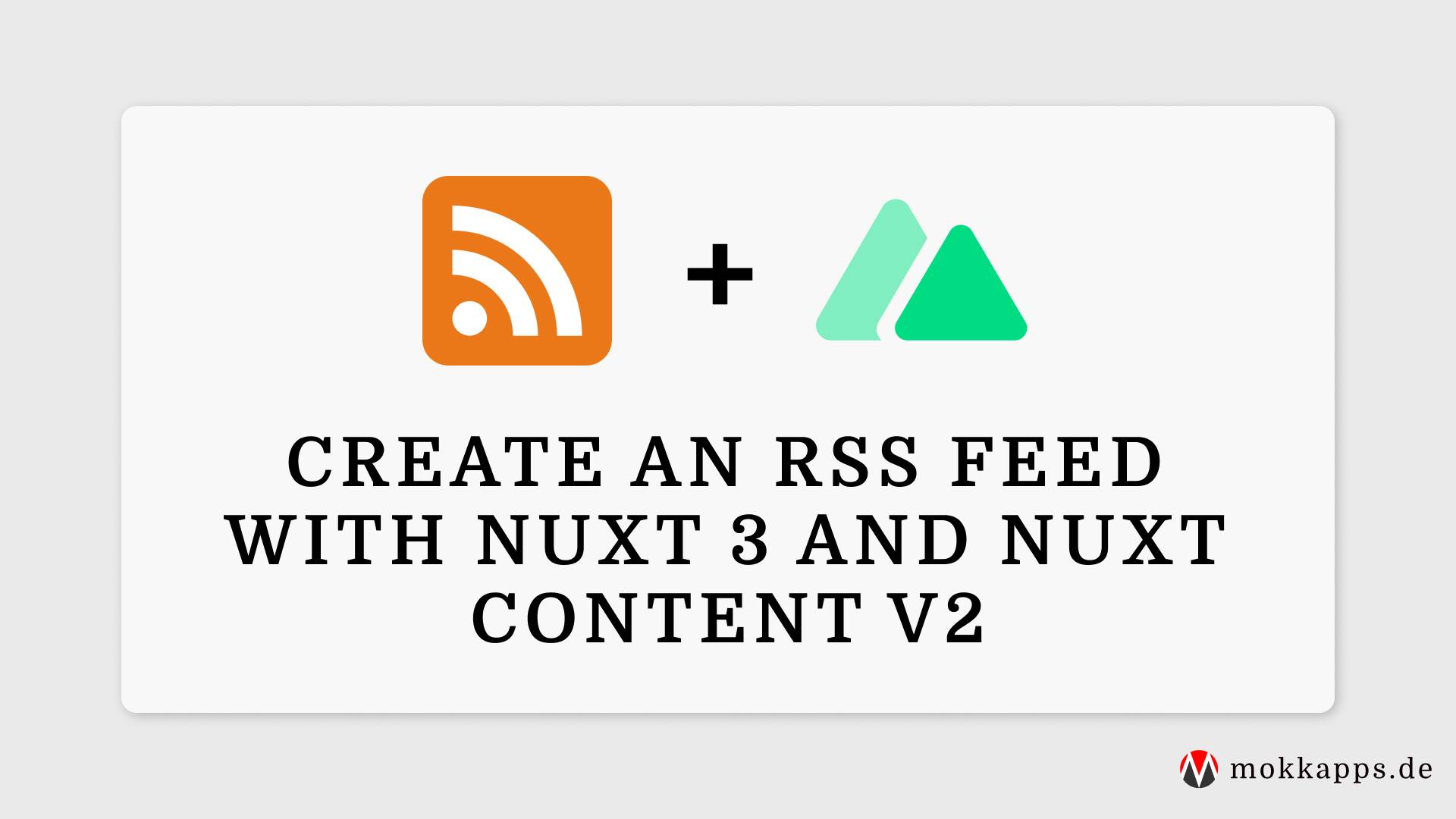
Beginning in 2025, I had the idea for a micro SaaS product that I wanted to build. I didn't want to start from scratch, so I looked for existing Nuxt starter kits that could help me get up and running quickly. However, I found that most of the available options were either too generic or not tailored to my specific needs.
I decided to take matters into my own hands and develop Nuxt Starter Kit, a highly opinionated and custom solution that would serve as a solid foundation for my SaaS projects. This decision was not just about building a product; it was about creating a development environment that would enhance productivity, reduce maintenance costs, and align perfectly with the unique requirements of my applications.
The Motivation for a Highly Opinionated Nuxt Starter Kit
I got access to Supastarter and Super SaaS, two very famous Nuxt starter kits, but I found that they didn't fully meet my needs. Unfortunately, both of them did not reflect my coding style and preferences, which made it difficult to work with them effectively.
These starter kits were created for maximum flexibility, which is great for some use cases, but I needed something more focused and opinionated. I wanted a solution that would not only provide a solid foundation but also enforce best practices and coding standards that I value.
To reduce the maintenance overhead, I wanted to limit my starter kit to three main components:
- Nuxt Hub: a platform for deploying and scaling Nuxt applications globally, powered by Cloudflare.
- Nuxt UI Pro: a collection of premium Vue components, composables and utils built on top of Nuxt UI.
- Polar: an open source Merchant of Record (MoR) solution that simplifies payment processing, tax compliance, and subscription management.
These tools would provide the necessary functionality while keeping the codebase lean and efficient.
Development Process and Features
I started developing the main features of the Nuxt Starter Kit, and rewrote my existing SaaS product CodeSnap using this new foundation. The development process was smooth, and I was able to quickly convert my existing codebase to the new structure.
This way I could ensure that the starter kit was not just theoretical but practical and battle-tested. Additionally, I used the starter kit to build the landing page for the Nuxt Starter Kit itself and published Sigxel, a micro SaaS to manage email signatures.
Conclusion
Ultimately, creating Nuxt Starter Kit for my SaaS products has proven to be a highly rewarding endeavor. Not only does it provide a foundation that is perfectly aligned with specific project requirements, but it also reduces the overhead of maintaining a bloated codebase. Leveraging modern tools like Nuxt Hub, Nuxt UI Pro, and Polar adds to the robustness of the final product, ensuring enhanced performance and scalability for long-term success.
By choosing to develop your own solution instead of adapting a generic starter kit, you invest in a system that evolves with your business, offering a competitive edge in the ever-innovative world of SaaS products.
TN8JDLYO, the 20 first users can get 30% off. Buy now!



